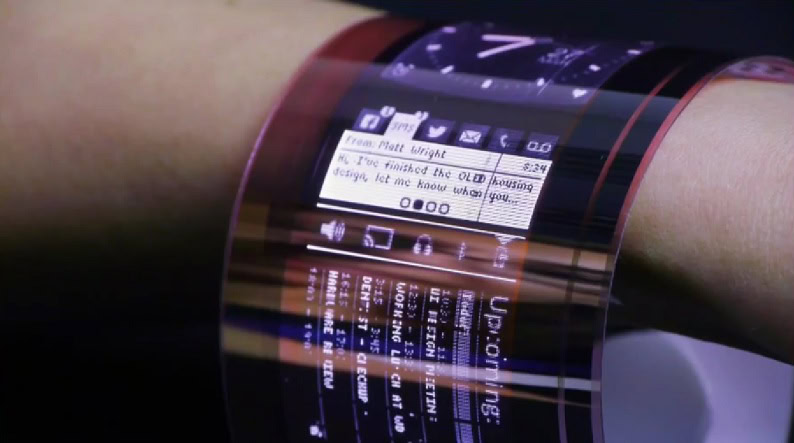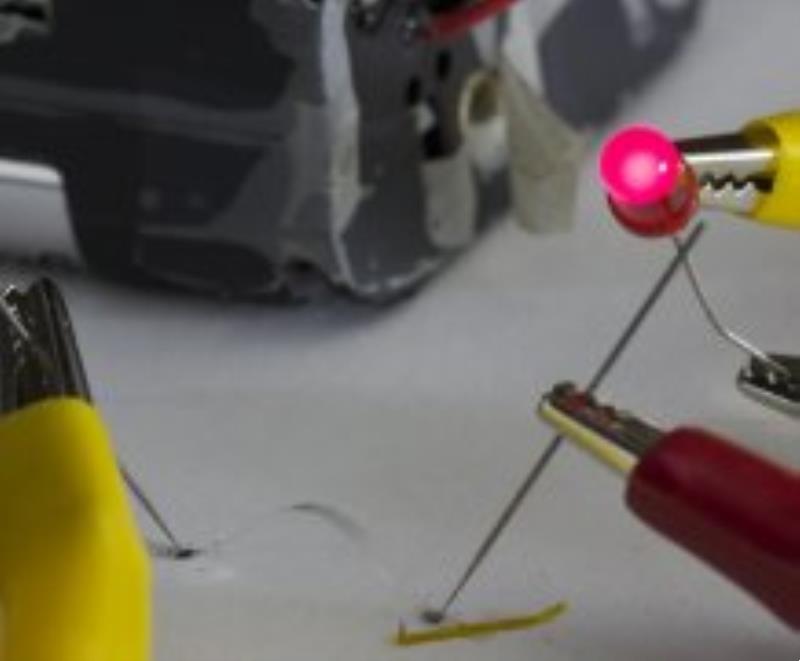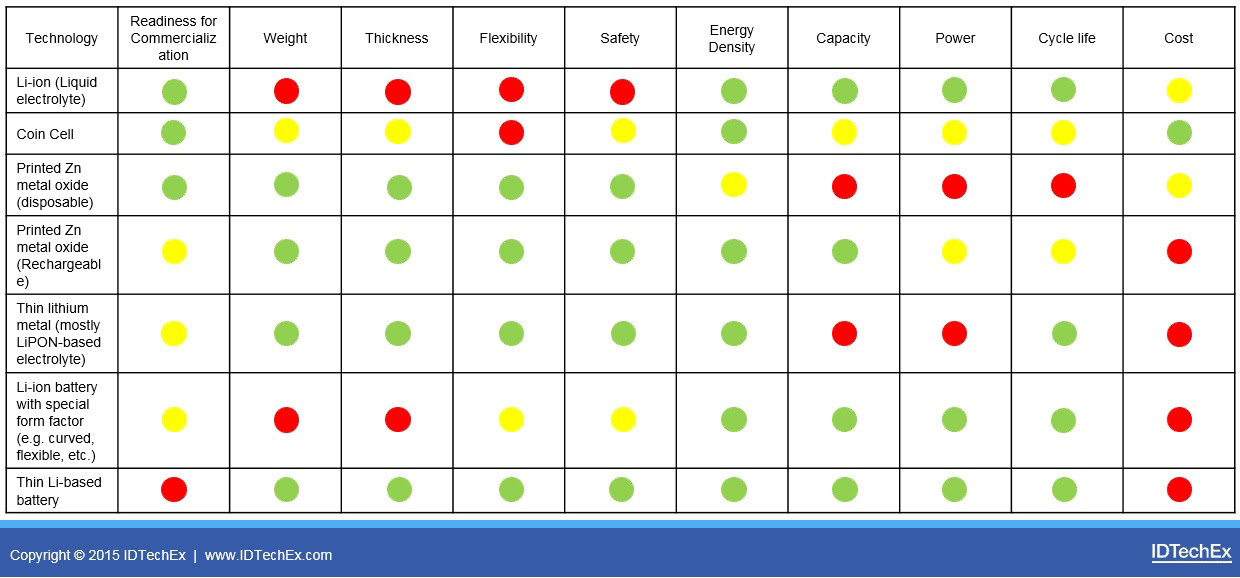Affiliate links on Android Authority may earn us a commission. Learn more.
Graphene and printed electronics could usher in truly discreet wearables
Published onMay 21, 2015

The wearables market is in full swing, with a wide range of fitness trackers and smartwatches now on the market. However, the form factor is still perhaps not ideal, as bulky electronics have to be squeezed in behind a watch face. In the future, this type of issue could be solved by recent developments in the world of flexible electronics.
Material developments for printed electronics are being hailed as the revolution needed to make cheap, printed, flexible electronics circuit a reality. As the forefront of this research is the magical material known as graphene, which boasts exceptional electrical, mechanical and optical properties at a thickness of just one atom.

In one of the latest developments, researchers from the University of Exeter have managed to embed transparent, flexible graphene electrodes into fibers widely used within the textile industry.
The technique allows for the transfer graphene from the copper foils to a polypropylene fibre, a material suitable for clothing. This means that electrical signals can be transferred throughout pieces of fabric without being seen by the wearer and without impacting the flexibility of the material.
This breakthrough could go a long way towards shrinking down the size of wearable electronics. Some parts of circuity could be embedded into fabric parts, such as a watchstrap, gloves, or other items of clothing.
[quote qtext=”“The possibilities for its use are endless, including textile GPS systems, to biomedical monitoring, personal security or even communication tools for those who are sensory impaired.” ” qperson=”Professor Monica Craciun, University of Exeter” qsource=”” qposition=”center”]
Similarly, researchers from the University of Manchester, together with BGT Materials Limited, have managed to use graphene ink to print a radio frequency antenna, suitable for practical use in RFID tags and wireless sensors. As it’s printed, it’s entirely flexible and cheap to mass produce. Printed nano-inks and other conductive inks also have positive implications for flexible display technologies, as they can be printed at a low cost and increase the flexibility of the screen backplane over existing TFT materials.

Of course, we’re still going to need small form factor, flexible batteries to power this type of technology. Fortunately there are selection of developments that may find use in these type of wearable applications, including rechargeable printed zinc metal oxide and lithium phosphorus oxynitride (LiPON) designs.
However, these technologies are still being worked on to fit into the size, weight, and power constraints needed for demanding consumer computer applications. Furthermore, the next real challenge with flexible battery technology will be to reduce the costs associated with some of the most promising implementations.

These technologies have far wider reaching implications than just consumer electronics though. The medical and defense industries are both expected to benefit greatly from wearable innovations, as embedded, flexible and wearable electronics will allow for small form factor wearable computers.
We’re still a way off from the first consumer products, but we’re edging closer to a future full of discreet wearable electronics.